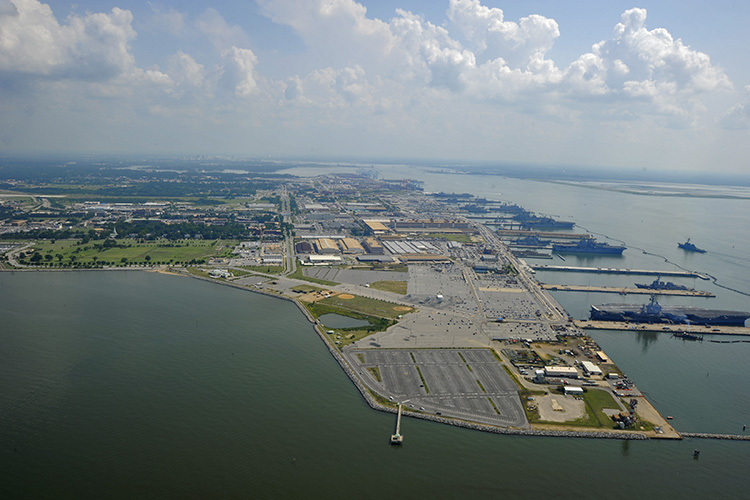
U.S. Army Releases Climate Resilience Handbook for Army Planners
This August, the U.S. Army released their Army Climate Resilience Handbook (ACRH), aiming to assist Army planners in assessing and applying climate exposure impact risk to planning and installation processes in various locations.
In alignment with the 2019 NDAA provisions for climate resilience, the ACRH guides Army planners in creating “Climate Vulnerability Assessments” that:
- set climate resilience goals;
- prepare for extreme weather events and other future climate impacts;
- determine resources needed to adapt to climate threats; and
- identify measures to improve installation preparedness.
The ACRH is designed to work in conjunction with the Army Climate Assessment Tool (ACAT), which provides updated data on U.S. climate trends by region, organizes risk by impact area, and summarizes historical weather extremes.
The handbook emphasizes ACAT’s value in scenario planning. Although the DA knows climate change is and will continue to occur globally, there remains uncertainty regarding specific local effects, intensity, and eventual consequences of those effects. As a result, the handbook walks Army planners through developing scenarios to prepare for a variety of possibilities in a given location.
The handbook provides an ACRH overview, then uses a simulated Army base as an example to illustrate the four-step ACRH process. Appendices are included to provide additional information about climate change, ACAT, and a glossary of important terms.
The U.S. Army recognizes that climate change is, and will continue to be, a national security issue, affecting Army infrastructure and operational plans. The handbook provides an overview of these climate risks, ranging from increased dust generation, to disease management, and interrupted shipping patterns.
The handbook highlights various Department of Army (DA) and Department of Defense (DoD) installations that have endured billions of dollars in climate-related damage, such as wildfire damage at Fort Carson in Colorado in 2018, or chronic tidal flooding at Naval Station Norfolk in Virginia.
Since 2010, the Pentagon has continually referred to climate change as a threat to American national security in public documents. The threat climate change poses to military base installations is one of three main issues the Pentagon consistently cites–along with the escalation of tensions and conflict abroad and damage to American communities through extreme weather events, rising sea levels, etc. Both international conflict and natural disasters will require extra attention from the U.S. military, and will detract resources from other projects.
The American Security Project (ASP) has consistently covered the effects of climate change on military infrastructure and operational planning, and ASP developed a website dedicated to promoting military base resilience. More specifically, ASP has written extensively on the Arctic, and co-hosted an event in August to discuss how impacts of a warming Arctic, such as thawing permafrost, will threaten U.S. military infrastructure, including the Army’s Fort Richardson and Fort Wainwright.
Proactive climate action by the military, such as the publication of the ACHR, is essential to ensuring preparedness for climate-related events and slowing the effects of climate change.





